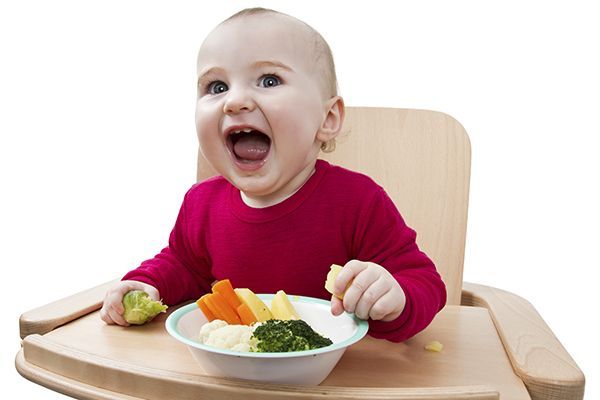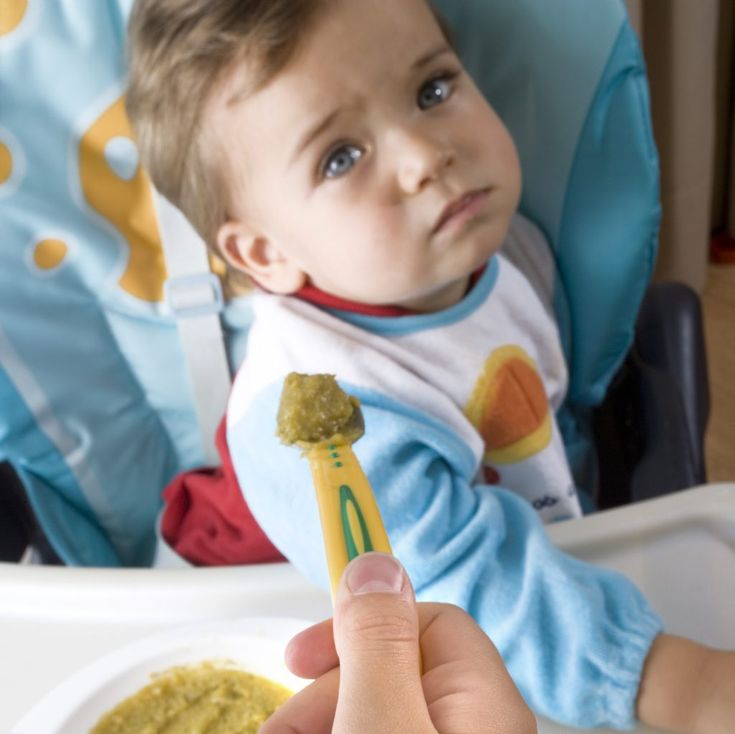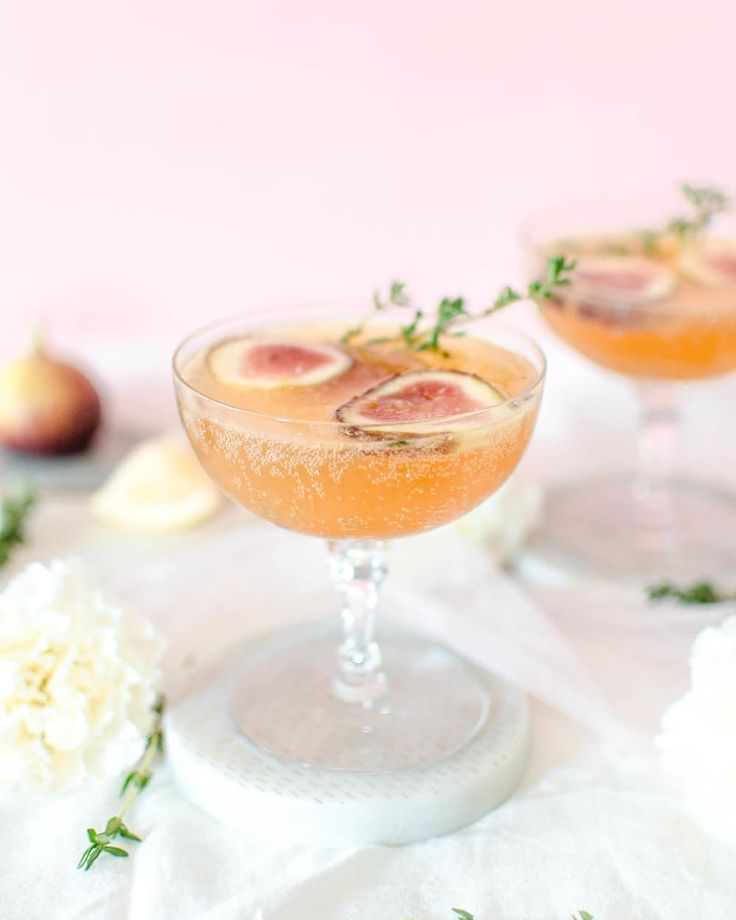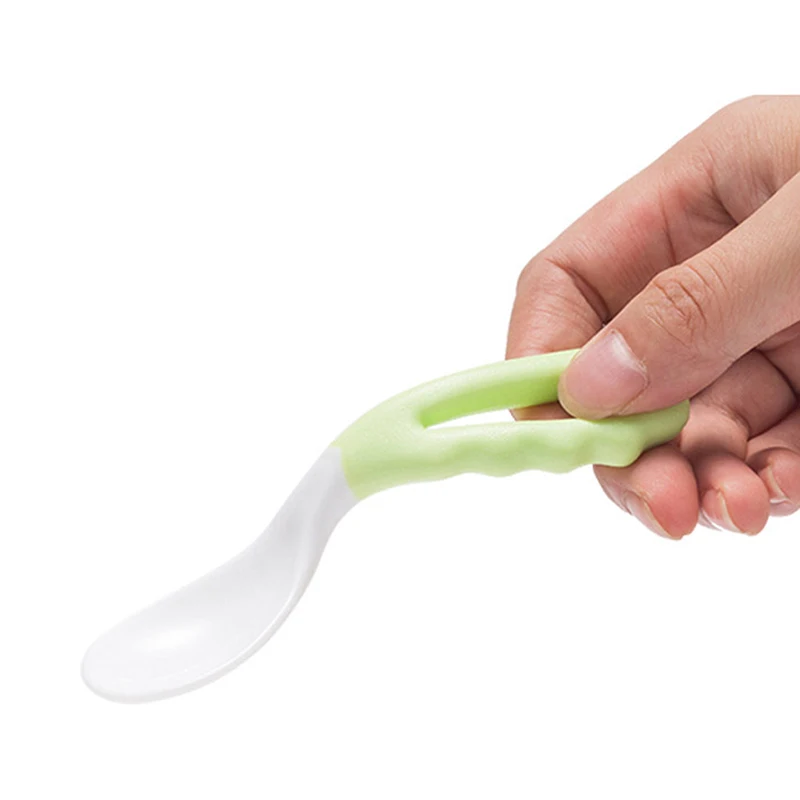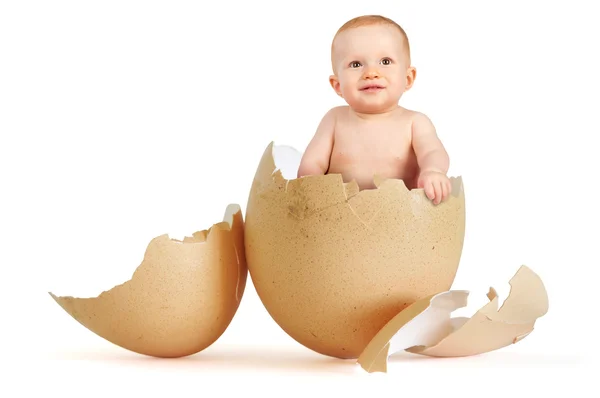How to feed baby with a sippy cup
When babies can use sippy cups, and how to transition from bottle to cup
When transitioning your baby from a bottle or breastfeeding to drinking out of a cup, sippy cups can be a great tool. Babies can start using them as early as 6 months, and sippy cups can make it easier to phase out bottles eventually. Try offering your baby a few ounces of water, breast milk, or formula in a sippy cup after starting solids, at around 6 months old. Only give your baby a sippy cup during specific meal or snack times, since sipping on anything other than water throughout the day can lead to tooth decay.
A sippy cup is a training cup with a screw-on or snap-on lid and a spout or straw that lets your child drink without spilling. You can get models with or without handles, as well as different types of spouts.
Sippy cups can be a great way to help your baby transition from nursing or bottle-feeding to a regular cup. They can also improve hand-to-mouth coordination. When your baby has the motor skills to handle a cup but isn't quite old enough to keep the drink from spilling, a sippy cup can give them some independence while keeping cleanup to a minimum.
When to introduce a sippy cup
You can give your baby a sippy cup when they start solid foods, around 6 months old. Signs your baby is developmentally ready for a sippy cup include being able to sit upright, having good neck control, and being interested in food.
To help prevent bottle rot and tooth decay, experts recommend you transition from bottles to a sippy cup when your child is 1, and then quickly transition to a straw cup or open cup before your child's second birthday. Tooth decay can happen when a liquid other than water pools around a child's teeth for a long period of time, or frequently throughout the day.
If your breastfeeding baby doesn't use a bottle and seems ready for a sippy cup, you can skip the bottle and go straight to a sippy or even an open cup – no need for an additional transition.
How to get your baby to use a sippy cup
Some babies take to a sippy cup immediately, while others may take a while to get used to the idea. (Some kids never use one, and that's also okay – more on that below. )
)
Here are some tips for getting your baby to use a sippy cup:
- Start off with one that has a soft, pliable spout. This will feel more familiar to your baby than a hard plastic spout.
- Show your baby how to raise the cup to their mouth and tip it up to drink. Show them that the spout is like a nipple by touching the tip of the spout to the roof of their mouth to stimulate the sucking reflex.
- Give it some time. Don't worry if your baby doesn't take to the sippy cup right away. Just wait a few days and try again.
- Shop around. There are all kinds of sippy cups, with all kinds of spouts. If one isn't working, test-drive another to see if your baby likes it better.
- Start by offering a sippy cup during one meal a day. The following week, offer it during a second meal, and so on until your baby is only drinking from a sippy during meals. (More on this strategy below.)
- Be consistent. If you've started giving your baby a sippy cup at a specific time (say, during lunch), don't switch back to the bottle during that time.
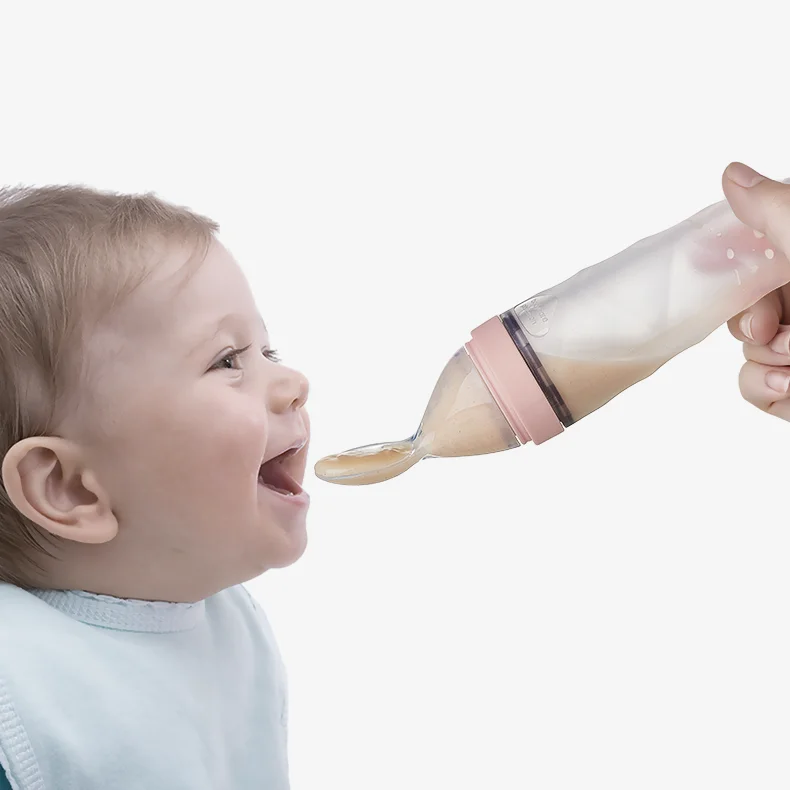
- Give your child plenty of encouragement: Drinking out of a sippy cup means they're a big kid now! Make it a celebration whenever they use one.
How to transition from bottle to cup
When you're ready for your toddler to give up bottles, you can help them make the transition from a bottle to a sippy, open, or straw cup. Here's how to do it:
- The earlier you start the transition, the easier it will likely be. The longer a baby drinks from a bottle, the more attached they'll be to it as a source of security and comfort. If you introduce the sippy when your baby starts eating solids around 6 months, your baby might be ready to leave the bottle behind by the time they're a year old.
- Spill-proof sippy cups with soft spouts that your baby has to suck on are similar to bottles, so they can help the transition. But spill-proof sippy cups can be as damaging to baby teeth as bottles, so try to only use them when your baby is first starting to use cups.
- Start by getting rid of one bottle at a time.
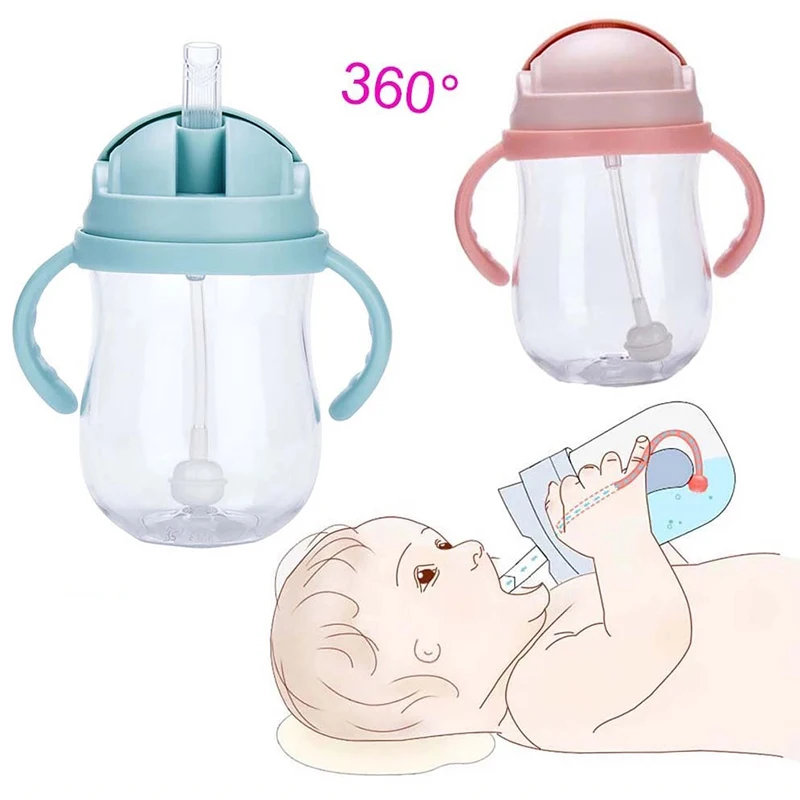 For example, skip the morning bottle and instead feed them breakfast in their highchair with some solid food and some breast milk or formula in a sippy. But keep the rest of the day's bottles the same; that way, if they ask for a bottle, you can tell them they'll get one later.
For example, skip the morning bottle and instead feed them breakfast in their highchair with some solid food and some breast milk or formula in a sippy. But keep the rest of the day's bottles the same; that way, if they ask for a bottle, you can tell them they'll get one later. - Take it one step at a time: Try cutting one bottle one week, then another the following week, and so on.
- Make your baby's nighttime bottle the last to go. When you're ready for your child to say goodbye to the bedtime bottle, keep every other part of their bedtime routine (such as a bath or reading books) the same, but give them a sippy cup at dinner or with a bedtime snack instead of the bottle. If your child is thirsty before bed, you can give them water in a sippy cup.
- Out of sight, out of mind: Put bottles away where your child can't see them and be reminded of them.
- If your child keeps asking for a bottle, find out why they really want it: Are they thirsty or hungry? Looking for comfort? Bored? Then offer a different solution: Milk from a sippy or a snack if they're hungry or thirsty; a cuddle with you or a lovey if they need comforting; or a fun game to distract them if they're bored.

What to serve in a sippy cup
You can give babies under a year old breast milk, formula, or water (if they're at least 6 months old) in a sippy cup.
Once your child is a year old, you can give them juice or cow's milk in the sippy, though it's best to only let them drink juice or milk during meals and snack time. Letting your child sip on milk or juice all day can lead to tooth decay from the sugars in the drink. For the same reason, don't let your child take a sippy cup of juice or milk to bed.
Clean the cup thoroughly (especially the lid and plastic stopper) between uses. Liquid can get trapped in the nooks and crannies of a sippy cup and valve, leading to bacteria and mold. If you can't wash a sippy cup right away, just give it a good rinse and take it apart so it can dry out.
Choosing a sippy cup
The best sippy cups for your child's teeth are ones that a child sips from, rather than sucks from. Whenever your baby has to suck liquid out (such as from a bottle or a sippy cup with a valve) liquid is more likely to pool around their teeth and cause tooth decay.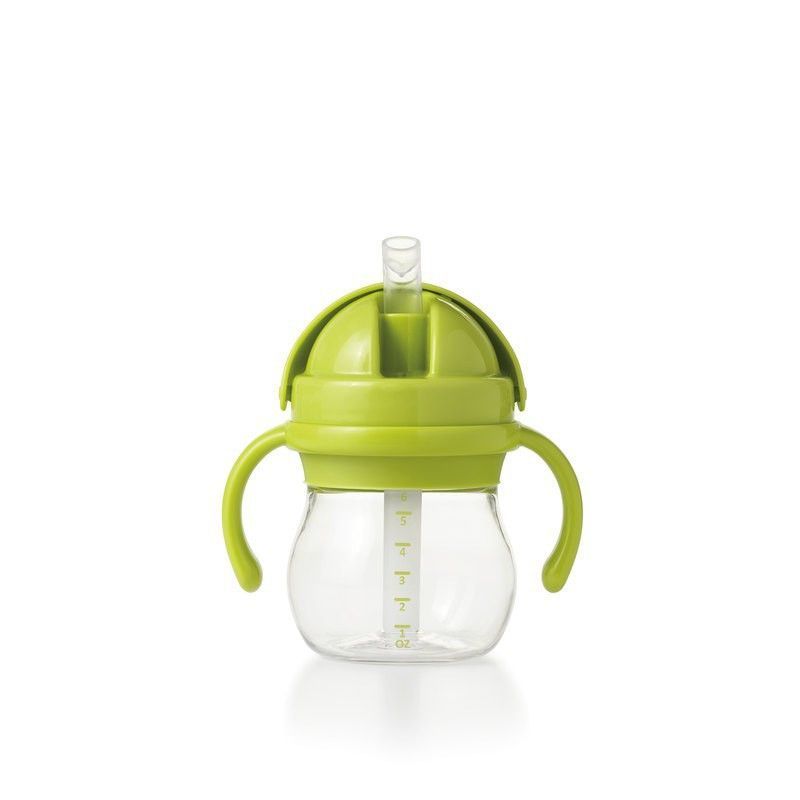
Look for sippy cups that have a hard spout or straw, two handles, a weighted bottom to keep it upright, and no valve controlling the flow of the liquid.
The best option for your child's teeth is a regular cup. A sippy cup may help you transition your child from a bottle to a regular cup, and prevent spills as they improve their motor coordination, but it's best used temporarily, just to make the leap from bottles to regular cups.
As soon as you think your child can handle it, try switching to a regular cup. Most toddlers can manage a two-handled open cup by the time they're 2 years old.
What to do if your baby won't use a sippy cup
Babies have all kinds of reasons for rejecting sippy cups. If your baby refuses the sippy but you want them to use one, here are some ideas:
- Dip the spout into breast milk or formula before giving it to your baby.
- Switch halfway through a feeding. If they drink from a bottle, give them half of their formula or breast milk in the bottle.
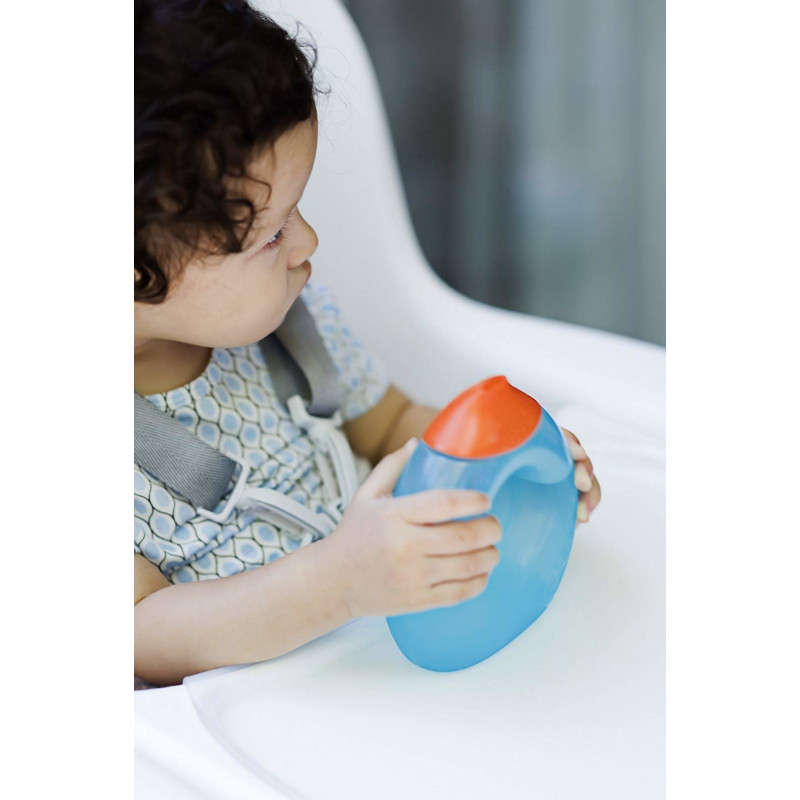 When it's empty, switch to the sippy cup for the second half of the feeding. (Continue to hold them as you do when they're bottle-feeding.)
When it's empty, switch to the sippy cup for the second half of the feeding. (Continue to hold them as you do when they're bottle-feeding.) - Modify the sippy spout. Some cups have valves that are so effective at keeping the liquid from spilling that it's a lot of work to drink from it. If your baby sucks on the sippy spout but doesn't get anything, try taking out the valve that controls the flow.
- Try other drinks. Some babies will drink water from a sippy cup, but not breast milk or formula.
- Show your baby how it's done. Get a sippy and let your baby see you drink from it, or have a sibling drink from a sippy in front of the baby. Sometimes making a little sucking noise is all it takes to inspire a baby to start sucking. Then, give your baby their own cup to mimic your actions with.
If your child still refuses to use a sippy cup, that's okay – there's no law saying they have to use one. You can skip straight to teaching your child how to use a regular cup.
Here are some tips for teaching children to use regular cups if you're skipping sippy cups:
- Start with small amounts of liquid. That way, if your child spills, there isn't as much to clean up. If they drink it all, you can always pour more.
- Choose a cup with a weighted bottom to prevent the cup tipping over and spilling.
- Only allow your child to drink from their cup at the table, especially with drinks other than water.
- If you want to encourage regular cup use but don't want to worry about spills around the house, your child could drink from a regular cup at the table and have drinks of water from a water bottle or cup with a straw when they're away from the table.
Plastic sippy cup safety
Some types of plastic used to make sippy cups and bottles can have chemicals like phthalates and bisphenol S (BPS) that can have health risks if they get into food. Phthalates, for example, are believed to increase childhood obesity and can impact cardiovascular health, and bisphenol S can affect puberty, fertility, and body fat.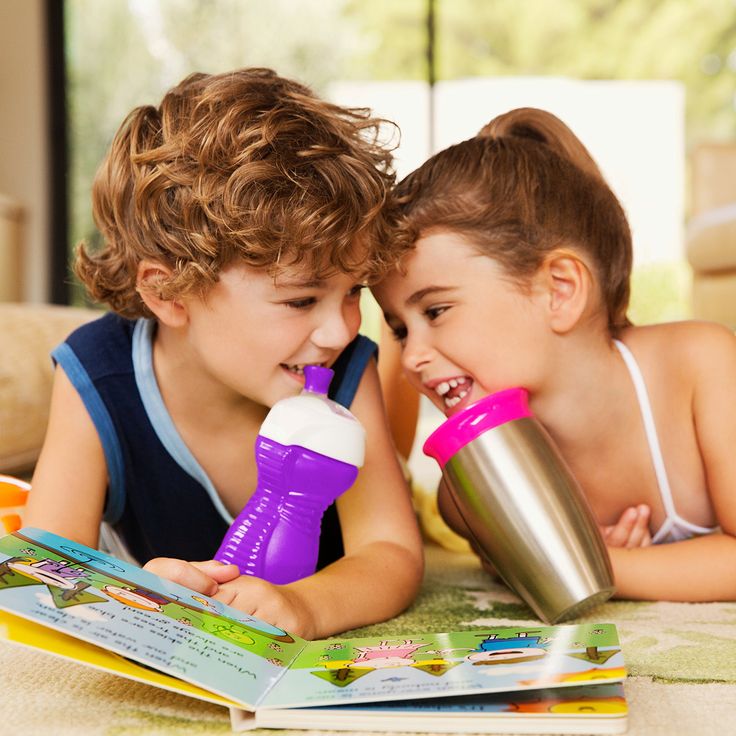
Exposing plastic to heat is one way that chemicals can leak into food. To make plastic products safer for use, avoid heating them up in the microwave or washing them in the dishwasher. Also avoid using plastic cups that are scratched, cracked, or otherwise damaged.
One easy way to tell what type of plastic a product is made of is by checking the recycling code (the number inside the recycling symbol, usually on the bottom of an item). Avoid using plastics with recycling codes 3 (phthalates), 6 (styrene), and 7 (bisphenols), unless the plastics are labeled as "biobased" or "greenware."
If they're available to you, look for cups made out of material other than plastic, such as stainless steel, glass, food-grade silicone, or bamboo. It's good to be aware of the concerns around plastic products, but don't beat yourself up if you're unable to avoid using them – non-plastic products are more expensive and harder to find.
How to Introduce a Sippy Cup to a Breastfed Baby (5 Easy Steps)
Is your baby old enough for a sippy cup but seems determined to breastfeed forever?
It may seem like an insurmountable obstacle when your baby is so stuck on breastfeeding. But that also means congratulations are in order — you did a great job breastfeeding. So great that now weaning may be more difficult than you anticipated.
But that also means congratulations are in order — you did a great job breastfeeding. So great that now weaning may be more difficult than you anticipated.
Many of us moms have been in your shoes, and our combined experience can help get you through this. Before you give up all hope of a peaceful transition, let’s look at some tricks you can try as you introduce a sippy cup to your breastfed baby to make this easier for everyone involved.
What To Know Before Beginning
Every child is ready for sippy cups at different stages. Some are early learners and are ready as early as 6 months old. Others don’t show any signs of interest until they are 1 year old.
Take Note
If your child is on the later side of wanting to learn how to use a sippy cup, don’t worry. Many factors can play into their readiness, including having older brothers or sisters they’re trying to mimic.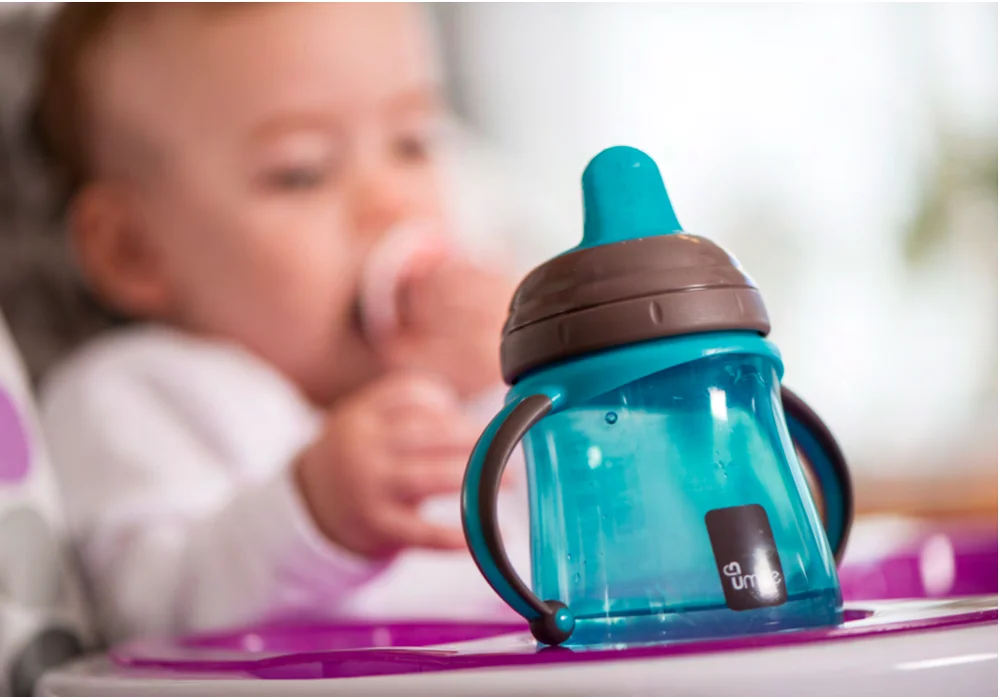
But if they aren’t attempting to use a sippy cup and their first birthday is approaching, you should try to move things along. The American Dental Association says children should no longer use bottles after 12 months of age to prevent tooth decay (1).
Before you start the weaning process, there are a few things you should keep in mind:
- Buy a breast-like sippy cup: When you introduce a sippy cup to your breastfed baby, remember, they are used to the soft feel of your breasts. Switching to a hard-feeling sippy cup can be a big adjustment. Look for a cup with a breast-like feel, like the Philips Avent My Easy Sippy Cup.
- Try not to lose patience: Your baby is learning on the job, just like you are with this mothering stuff. You’ll both learn together, and you’ll get there eventually. Try not to sweat the small setbacks or the occasional temper tantrum.
- Get several kinds of sippy cups: Before committing to any particular kind of sippy cup, try a variety of types to determine which will work best for your baby.
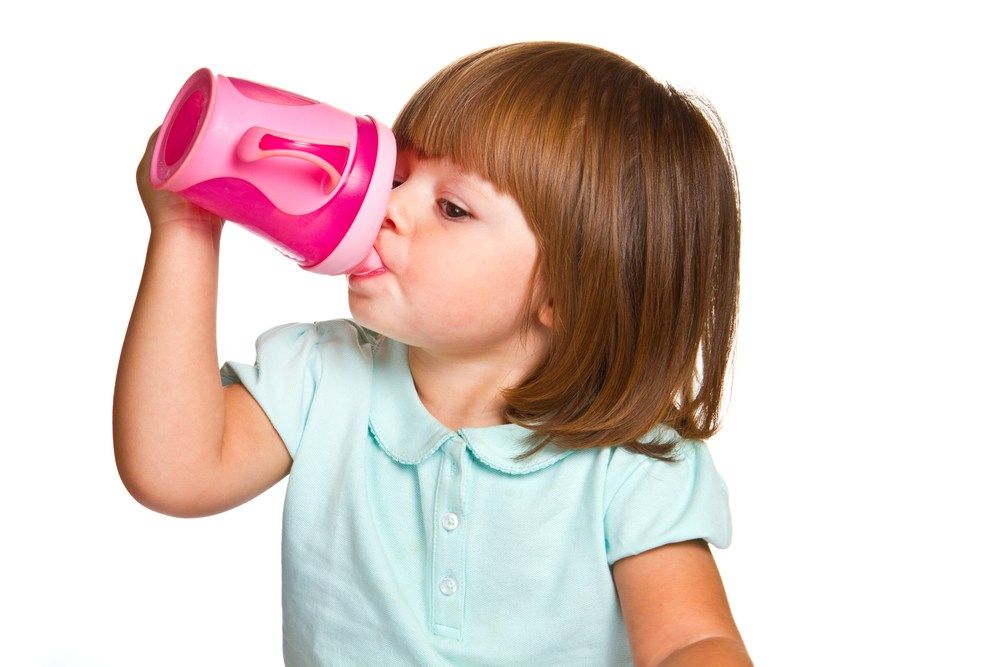
- Watch out for mold: As you move along with this process, make sure you clean your sippy cups well. Depending on the sippy cup’s style, milk can get trapped in the crevices or valves, leading to mold formation. When you’re shopping for big-kid cups, look for cups with fewer spaces for milk to get trapped.
When you introduce a sippy cup to your breastfed baby, you have two main options:
- Go cold turkey: With this method, you cut your baby off the breast 100 percent, only giving them sippy cups. They’ll adjust in three or four days, but the downside to this method is you may get a lot of crying during that time. Unless you’re still pumping to put the breast milk in a sippy cup, it could also lead to clogged ducts for you (2).
- The weaning method: If you don’t want every night to turn into a waking nightmare, you can gradually cut back on the breastfeeding sessions or offer them at bedtime only.
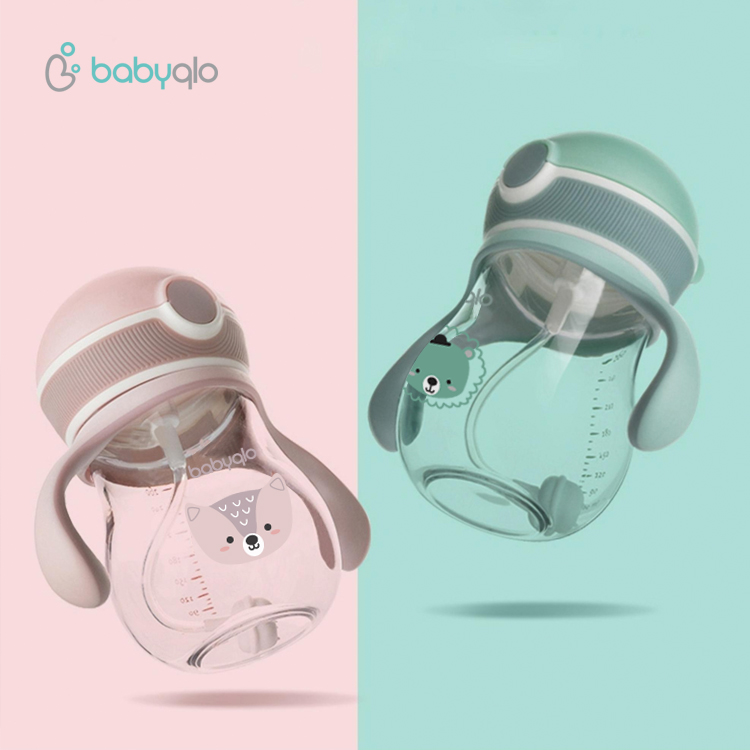 That will help you both get some sleep. It also gives your baby a chance to adjust to the new feeding method at a slower and perhaps more comfortable pace.
That will help you both get some sleep. It also gives your baby a chance to adjust to the new feeding method at a slower and perhaps more comfortable pace.
Whichever method you choose, remember that breastmilk (or formula) should remain your baby’s main source of calories until age one. That doesn’t necessarily mean you have to use bottles until then, only that your baby still needs to take the same amount from the sippy cup that they were taking at the breast or from a bottle.
Editor's Note:
Michelle Roth, BA, IBCLC
How to Introduce the Sippy Cup
Unless your child has older siblings they observe, or they’ve been eyeing your cup for some time, your baby may not be interested in drinking from a cup. Here are some steps you can take to get your child through this milestone.
1. Decide Which Method You’ll Use
Before you begin your battle, pick your strategy.
If you’re going cold turkey, you need to be firm and not give in. It can be difficult when your child is crying. And if you need your sleep, going cold turkey might not be the best method for you.
Even if you decide to make the move gradually and only breastfeed your baby at bedtime, you still need resolve. If you continue giving in to your child’s demands for a noontime breastfeeding session, you’ll confuse your child.
2. Teach Your Child To Use a Cup
Show your child how sippy cups work. Make sure they watch you get the breast milk from the refrigerator and pour it in.
The first time you hand them the sippy cup, you may have to show them what to do with it. If it has handles, show your child how to hold them correctly. If it doesn’t have handles, put their hands around the cup base. Show them they need to use two hands to hold it.
Then aim the spout of the cup toward their mouth if they don’t seem to know what to do with it. Once they taste the breast milk, they should become more interested in the cup.
It can be a struggle even to make it to this point, especially if you’re using a cup that requires active sucking. In this case, you might have to dip the tip of the spout in breast milk and rub it on your baby’s lips. That might be enough to spur them on to investigate further.
3. If One Cup Fails, Try Another
If you can’t get your baby to take the first sippy cup you try, despite repeated attempts, try another one.
Some babies hate the feel of certain cups. The flow might be too fast or too slow, or they just hate it for reasons you’ll never know. Let it go, and simply try another.
4. Let Them Play With the Cup
Although it’s fine to help your child get used to their new cup, get out of the picture instantly when they show any signs of wanting to try it independently. You don’t want to mess up their interest by hovering too much.
You don’t want to mess up their interest by hovering too much.
It might go against your instincts, especially if you’re worried about a mess, but let them play around with the cup. Allow them to shake it up and bang it against the floor. Doing all those things helps them learn how best to use their cup and be comfortable with it.
Once they start liking the way it feels, they’ll forget all about breastfeeding.
5. Don’t Let Them Walk and Drink
Letting a child roam around while drinking from their sippy cup is a bad idea. If they fall while walking, it could jab their teeth or the roof of the mouth. Even if they’re using a soft spout, it will still hurt and might dull their enthusiasm for using their cup.
Plus, you should never let your baby fall asleep while drinking from their sippy cup because it can cause cavities.
Feedback: Was This Article Helpful?
Thank You For Your Feedback!
Thank You For Your Feedback!
What Did You Like?
What Went Wrong?
SpecialNeeds Cup* *RU 2010/09353 dated 07/19/2010 | cleft lip bottle
The SpecialNeeds Cup* allows you to breastfeed your baby if they are physically unable to breastfeed or bottle feed – read more about this in our article.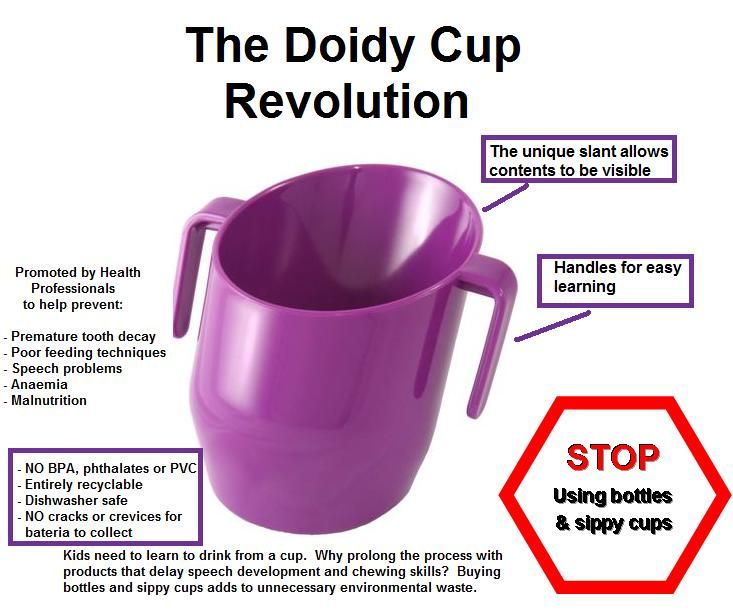
Share this information
If your baby is unable to breastfeed for health reasons (for example, due to a physical defect, neurological disorder, cleft lip or palate), the SpecialNeeds cup will help you solve this problem. With such disorders, the baby, as a rule, is not able to create a vacuum to suck milk from the breast. The SpecialNeeds sippy cup responds to gentle pressure, allowing your little one to drink effortlessly.
How the SpecialNeeds cup works
Instead of the standard teat, the SpecialNeeds cup has a narrower and longer teat made of ultra-soft silicone. The slit-like valve at the tip of the nipple opens with the slightest squeeze and closes as soon as the baby stops sucking, so that he does not choke on the expressed milk.
The marking on the nipple helps you choose the best feeding position for your baby. When the baby squeezes the nipple in his mouth, the milk flows at different speeds depending on the position of the nipple. In addition, you can lightly squeeze the nipple with your fingers so that the baby can get more milk. The one-way valve between bottle and nipple allows for safe control of milk flow and prevents air from entering.
In addition, you can lightly squeeze the nipple with your fingers so that the baby can get more milk. The one-way valve between bottle and nipple allows for safe control of milk flow and prevents air from entering.
For little ones, the Mini SpecialNeeds pacifier can be used. Both the standard and mini teats are reusable when cleaned and sterilized according to instructions.
When should I use the SpecialNeeds Cup?
In some cases, using a special bottle, such as the SpecialNeeds sippy cup, eliminates the need for tube feeding. If your baby can latch on but doesn't have the strength or energy to suck out enough milk, a cup can be a great way to supplement your baby with expressed milk to meet his nutritional needs.
This is an important argument in favor of drinking cups, as many babies with special needs are discharged from the hospital as soon as they are able to get enough milk for normal growth. So the SpecialNeeds cup can be the deciding factor in whether your baby goes home or stays in the hospital.![]()
If your baby needs surgery, you can use the SpecialNeeds sippy during the recovery period, while your baby is having trouble suckling or is not strong enough to do so.
Using the SpecialNeeds cup
If you or your baby need help with breastfeeding, contact your healthcare provider or a lactation consultant or specialist. You may be advised to use the SpecialNeeds Cup. In this case, ask a counselor to help you use this device for your first feedings. In addition, a specialist can advise you on the optimal amount of pumped milk your baby needs.
You may not need to feed your baby with the SpecialNeeds cup for too long. Soon he will gain strength and can learn to suckle the breast himself. Even if the cup is perfect for you, continue to offer your baby the breast at every feed.
Medela offers a range of other products that allow you to breastfeed babies with special needs. These products include the Supplementary Feeding System* and Soft Spoon*. You can learn more about this on our breastfeeding page.
Read the instructions before use. Consult a specialist about possible contraindications.
* RU No. ФСЗ 2010/07353 dated 07/19/10
Drinking bowl for a child: how to choose
Girls, today we'll talk about drinking bowls and how to choose it. Let's designate at the start what we mean by this word “drinker”. So let's go!
What is a cup?
This is a training mug container. Usually plastic or silicone, with a screw cap or snap-on lid and a spout that allows your child to drink without spilling the liquid on themselves. There are models with or without handles, as well as with different types of spouts.
Cups can be a great way for your baby to transition from breastfeeding or bottle feeding to a regular cup. They can also improve hand-to-mouth coordination. This is when your baby already has the motor skills to handle a cup, but not the skills to avoid spilling the drink. A cup will help him feel some independence from you, while leaving him clean.
When should you switch to a cup?
You can start using the cup as early as 4 months old. For example, there is a beautiful model of a non-spill cup Mini Cup from the Swedish company Twistshake , with comfortable grip handles, wide mouth and ergonomic spout with "no spill" effect. Some babies enjoy using the sippy cup from 4 to 6 months old, and some don't show interest until their first birthday.
I would recommend encouraging your toddler to use the baby cup as an exercise cup when you think he is ready. However, it’s not worth delaying, as dentists recommend switching from a bottle to a sippy by the first birthday of your child.
Now let's try to understand the abundance and types of drinkers.
Choosing a cup or which cup to buy?
Early on at 4-6 months, I would recommend choosing a sippy cup with dual grip handles, an ergonomic soft spout that won't confuse your baby and makes it as easy as possible for him to transition from a breast/bottle to a more self-contained cup option – drinker. Take a closer look at the model Beaba Cup 3 in 1 Evolutive Сup , this is a purchase for the future. With cup Beaba children learn to drink on their own in three stages: first from a sippy bottle, then from a sippy cup, and lastly from a mug. Having bought the Evolutive Cup, you no longer have to think about choosing a drinker for your baby.
Take a closer look at the model Beaba Cup 3 in 1 Evolutive Сup , this is a purchase for the future. With cup Beaba children learn to drink on their own in three stages: first from a sippy bottle, then from a sippy cup, and lastly from a mug. Having bought the Evolutive Cup, you no longer have to think about choosing a drinker for your baby.
Or, as I said earlier, to Mini Cup from Twistshake . This sippy mug is designed to function very much like a bottle, with additional features such as handles and a soft spout.
Once your baby is 6 months old, you will be in the process of introducing complementary foods, and this is where you need to find a cup that is comfortable for you and your baby so that you can use it not only for liquids, but also for mashed potatoes. Here's your answer - "eternal" dishes made of food-grade silicone Beaba Squeez'Portion . It is soft but firm and has a wide mouth. Thanks to its ergonomic and compact shape, the Beaba Squeez’Portion is convenient to use not only at home, but on the road and on a walk.
Thanks to its ergonomic and compact shape, the Beaba Squeez’Portion is convenient to use not only at home, but on the road and on a walk.
Beaba also has a training cup for first feeding and travel Beaba Babypote Puree cup. It is optimal for mashed potatoes, both canned and made by mom, with you on the road and at home.
Well, if you only need a drinker for liquids, then the delightfully cheerful penguin with a silicone straw Pengoo Joovy will perfectly cope with its function.
We didn't have time to look back, but your baby is already 9 months old and he already wants more independence and is ready to hold a cup with both hands and one. Here, the design of the Boon Fluid drinker, consisting of two separate parts - a spout and a vessel, will do the best job. The ergonomic shape of the drinker is designed specifically for children - it is convenient to clasp it with children's fingers, the child can hold the drinker with one hand or both at once.
Would you like to please your little one with an amazing fruit drink. Use the Twistshake Crawler Cup patented strainer innovation to help you do just that.
And here is your first birthday, congratulations! 🎁💐💝
Your child has officially become a baby, not a baby, and is already starting to use exclusively mugs for milk or water! When you take this milestone, it will mean that your baby is 100% ready for a drinking cup. After using the handles, their fine motor skills can already cope with the grip of a large cup without additional help.
They are also willing to use a more advanced drinking method, similar to the options described above for infants 6-12 months old. The type of cup you choose depends on the child and his desire. Toddlers may prefer to move from a non-spill drinker to a drinker with a spout or a straw because it is easy for them to master all of the listed drinkers at this age, but there is still a choice.
Drinking cups are also becoming larger.


